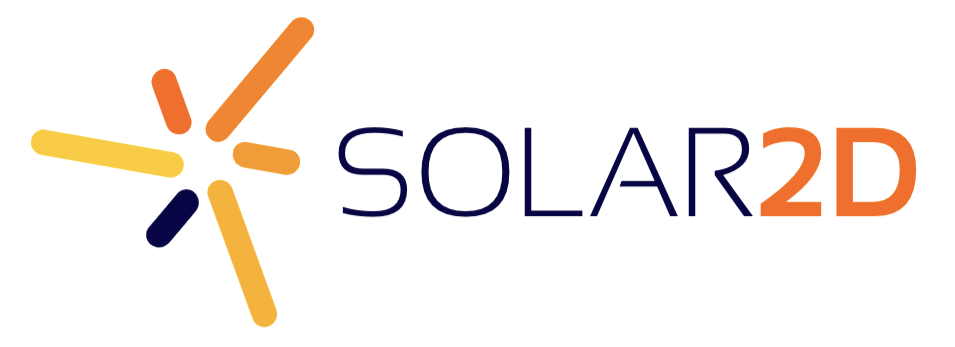If all you want to do is expose MySql data to your web-server then all you need to do is in Coronium create the cloud code to expose that data and then use Curl or your web-server language’s equivalent to call that endpoint. After all it is just JSON.
Example in PHP:
\<?php $curl = curl\_init(); curl\_setopt\_array($curl, array( CURLOPT\_URL =\> "http://{{YOUR CORONIUM URL}}/1/code/{{CLOUD CODE ENDPOINT}}", CURLOPT\_RETURNTRANSFER =\> true, CURLOPT\_ENCODING =\> "", CURLOPT\_MAXREDIRS =\> 10, CURLOPT\_TIMEOUT =\> 30, CURLOPT\_HTTP\_VERSION =\> CURL\_HTTP\_VERSION\_1\_1, CURLOPT\_CUSTOMREQUEST =\> "GET", CURLOPT\_HTTPHEADER =\> array( "cache-control: no-cache", "content-type: application/json", "x-coronium-api-key: {{YOU CORONIUM API KEY}}", "x-coronium-app-id: {{YOUR APP ID}}" ), )); $response = curl\_exec($curl); $err = curl\_error($curl); curl\_close($curl); if ($err) { echo "cURL Error #:" . $err; } else { echo $response; }
Cloud code documentation for MySql can be found here: http://docs.coronium.io/en/latest/server/mySQL/
EDIT: Fixed URL (bad copy paste)
